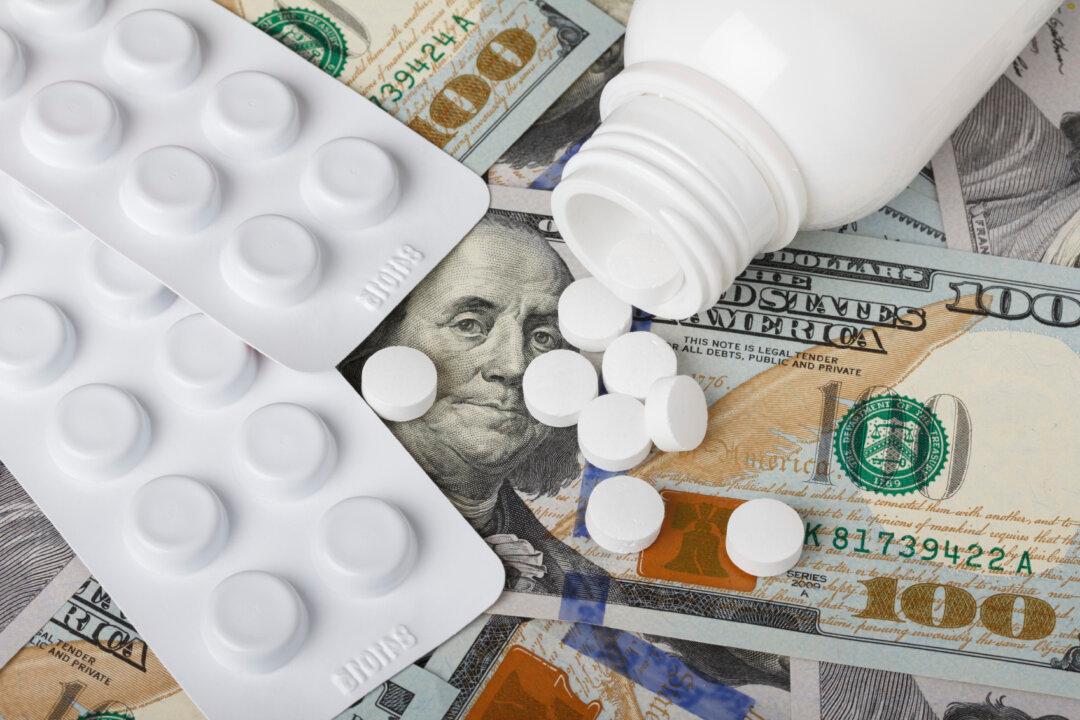Forget COVID-19, monkeypox, and other viruses for the moment and consider another threat troubling infectious disease specialists: common urinary tract infections, or UTIs, that lead to emergency room visits and even hospitalizations because of the failure of oral antibiotics.
There’s no Operation Warp Speed charging to rescue us from the germs that cause these infections, which expanded their range during the first year of the pandemic, according to a new Centers for Disease Control and Prevention (CDC) report. In the past year, the Food and Drug Administration (FDA) declined to approve two promising oral drugs—sulopenem and tebipenem—to treat drug-resistant UTIs, saying it needed more evidence showing they work as well as current drugs.


